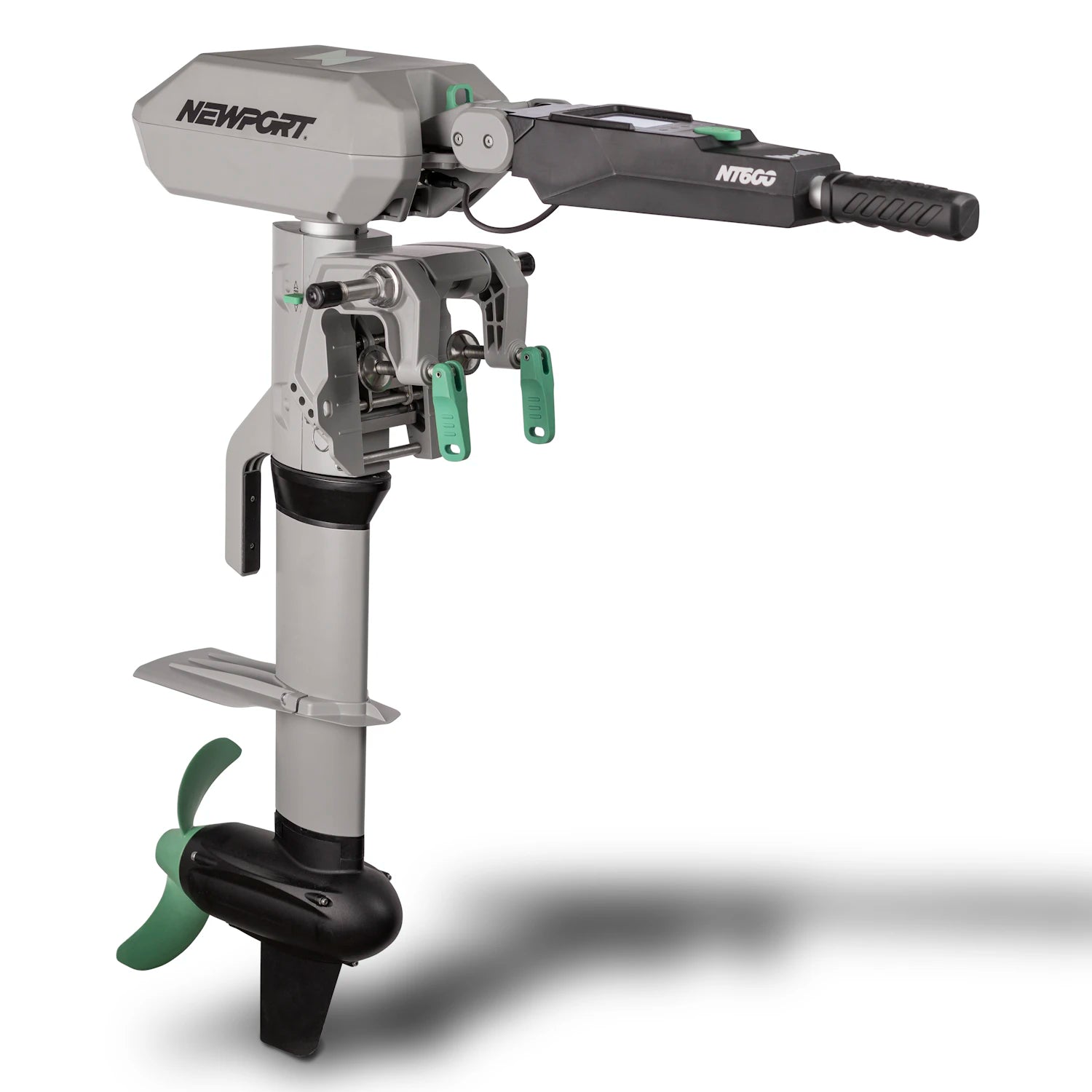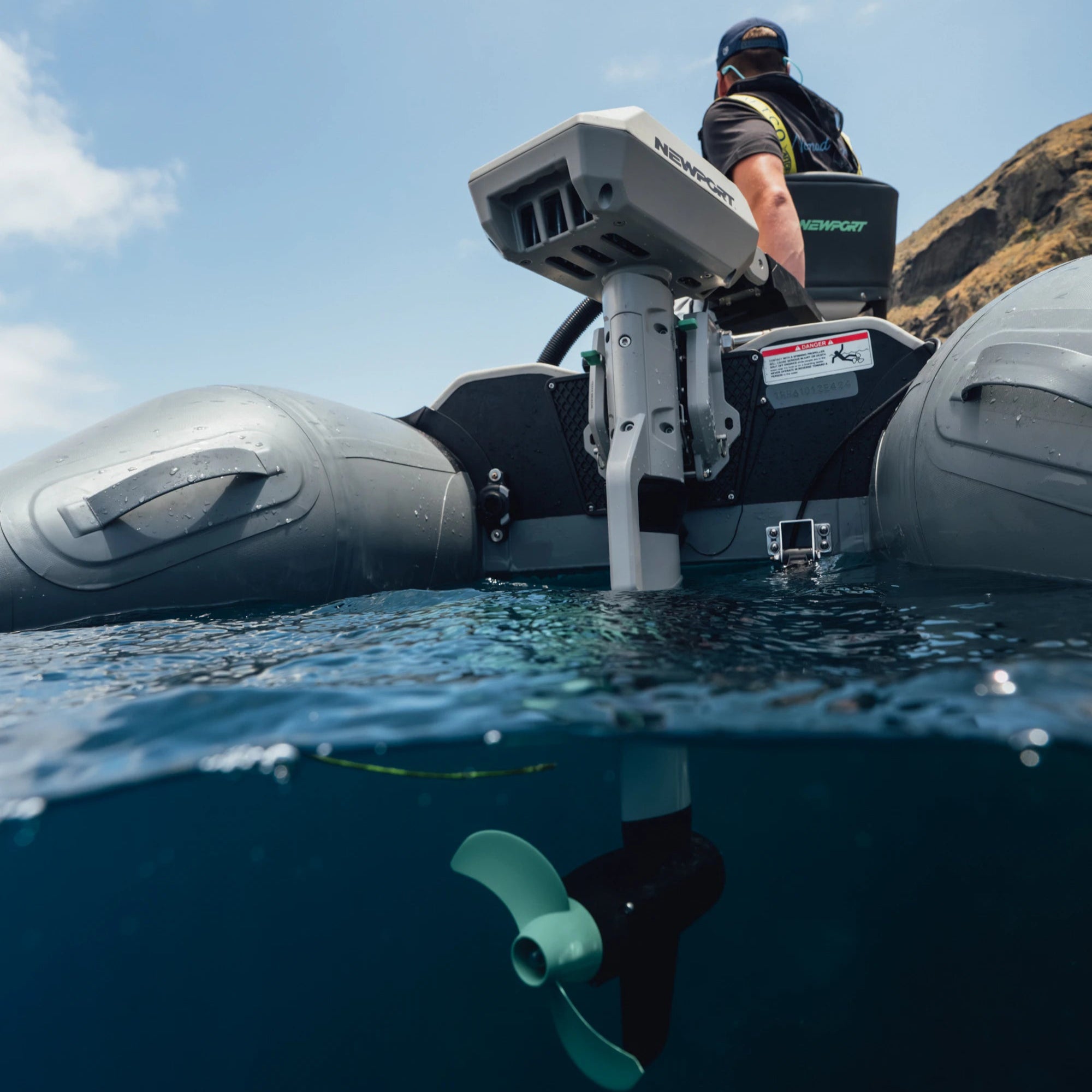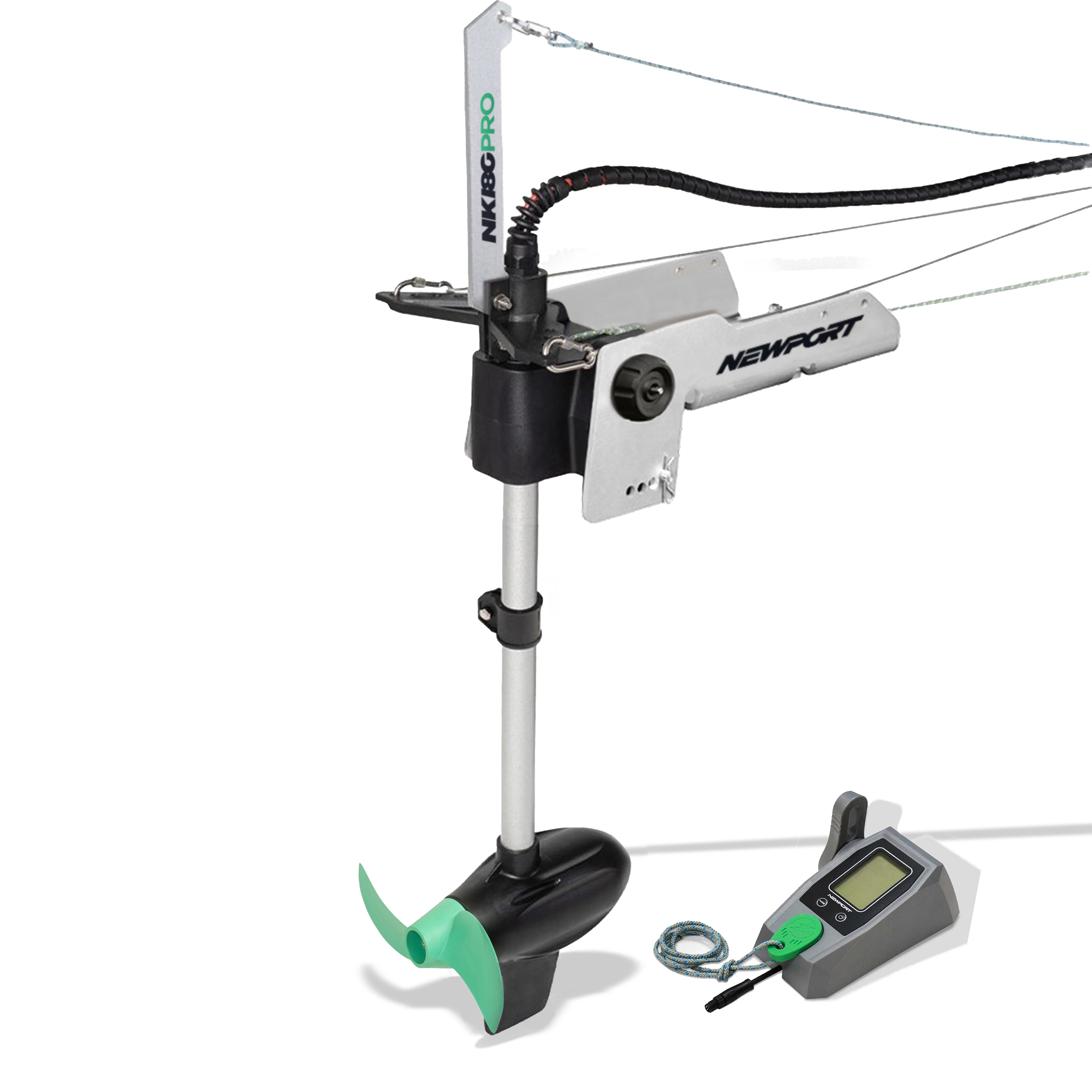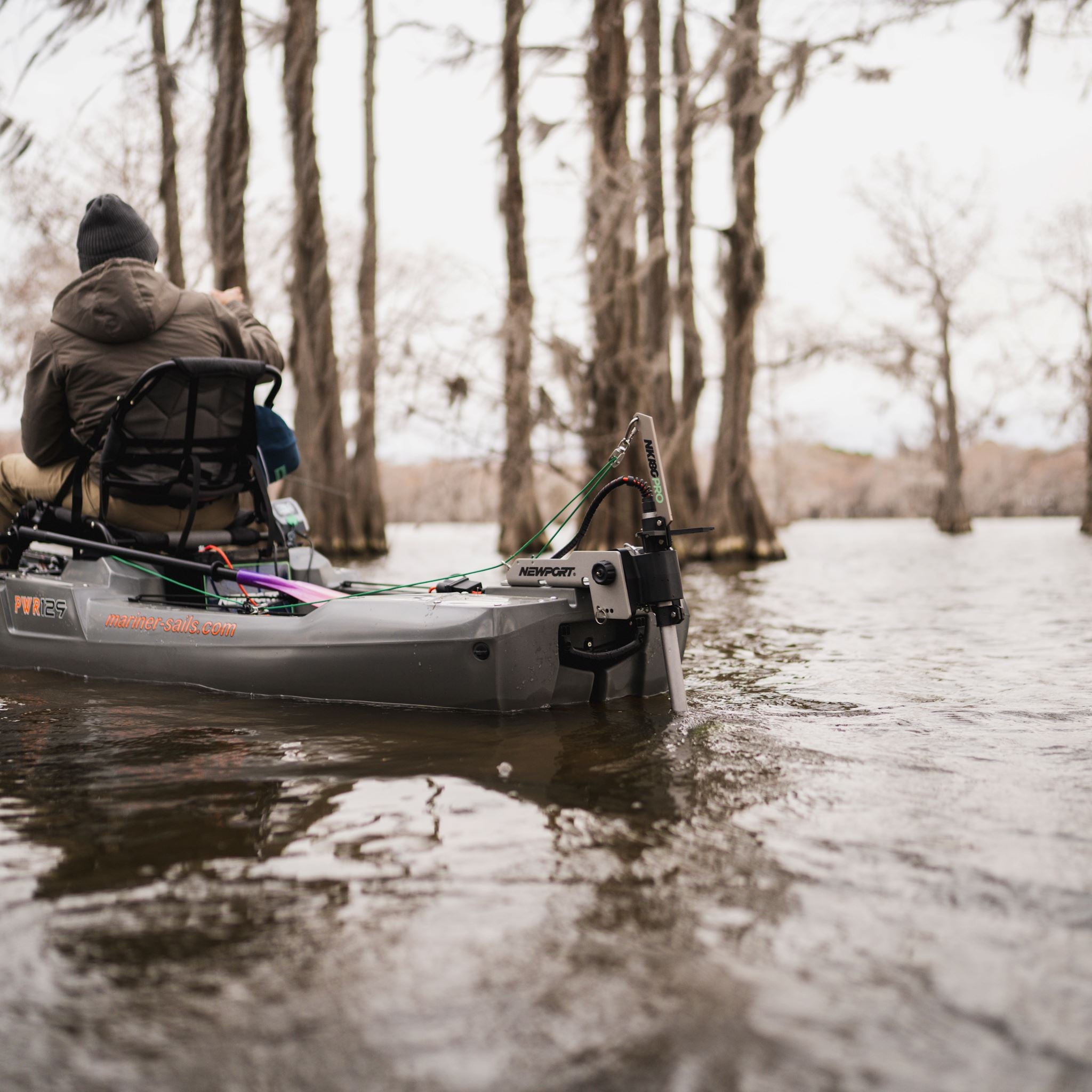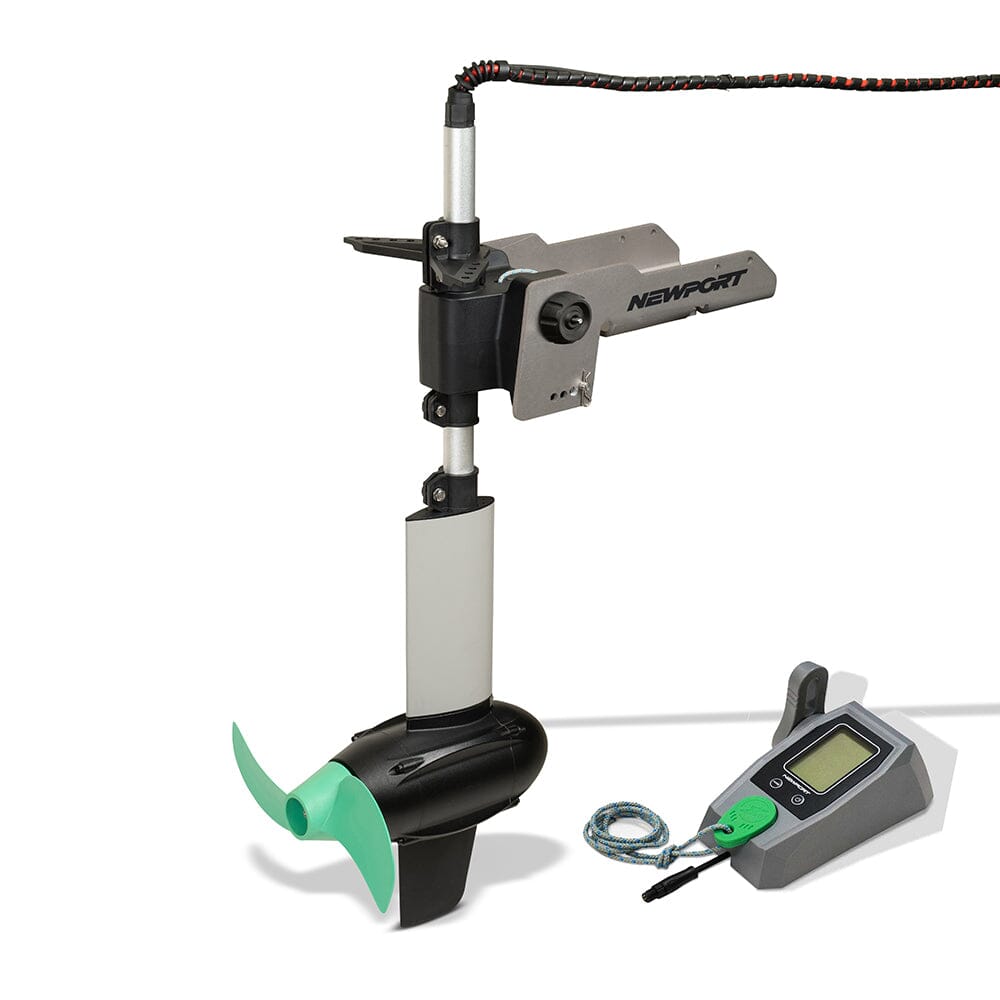Sailing knots for beginners
If you didn’t grow up as a member of a scout troop, you might find yourself getting tangled up in the web of sheets and lines which are so integral to the rigging of your sailboat. No worries – you’ll have to learn a variety of knots and rope skills before you really get underway, but practicing knots is fairly painless, highly rewarding, and might be as useful off the water as it will be on a lengthy cruise. When you’re new to the ropecraft of sailing, it can be helpful to get a rundown of the basic rope skills that will likely be required to keep your vessel in shape and your sailing smooth. If you find yourself stumbling over the lines on your boat, this intro to sailing knots and related terminology should help get you up to speed.
Knots and Lines Terminology
These terms are used to describe knots both on and off the water, and will be used below to describe the process of tying some of the basic knots with nautical applications.
Working End – the end of the line being used to tie the knot; the part of the line that’s moving around.
Bitter End – the length of the line which isn’t being used to tie the knot; it stays relatively still.
Eye – a closed loop formed when a line crosses over itself
Bight – an open loop created by forming a “pinch” in the line without allowing it to cross over itself
Hitch – a knot which fastens a line to some other object
Stopper Knot – a knot used to prevent a line from pulling out of a piece of hardware through which it passes
Bend – a knot used to secure two distinct lengths of rope to each other
Binding Knot – used to secure the two ends of a line to each other around an object
List of Basic Sailing Knots
This list is comprised of some of the most helpful and frequently used knots in sailing. Practicing them will help your seamanship immensely, and will likely be necessary for properly rigging your vessel and operating your sail controls.
Figure Eight Knot – This stopper knot is extremely easy to tie and most frequently used to prevent the ends of sheets from slipping out of cleats. Tie it by making an ‘8’ shape at the end of the line and passing the working end up through the eye that forms the top of the eight.

Barrel Knot – Another easy stopper knot. Make three loops around your hand with the working end moving from left to right, then pass the same end back through these loops, again from left to right. Remove your hand and pull tight, keeping the loops from overlapping as you do so.

Reef Knot (square knot) – This is a classic binding knot, so named for its usefulness in reefing sails in heavy wind. Holding one end of a line in each hand, cross the right end over and under the left, then the left end (which used to be the right end) over and under the left.

Half Hitch – Primarily a component of other knots, the half-hitch is an eye tied around an object (or length of line) with the working end underneath the bitter end. (Top half of the knot is an example of a half hitch)

Sheet Bend – This bend is useful for joining the ends of two lines. Make a bight at the end of one line, and pass the end of the other line through the top of the bight. Then, tie a secure half hitch around both ends of the bight.

Cleat Hitch – An essential knot for anyone even remotely nautically inclined, this is the hitch used to secure lines to dock cleats. Make a loop around the underside of the cleat, crossing diagonally over and under one prong of the cleat, then the other, and then tie a half hitch on the opposite prong. The working end in the half hitch should be parallel to the previous diagonal cross.

Clove Hitch – A useful multipurpose hitch, frequently use for securing bumpers. Make a loop around an object with the working end on the bottom, then tie another half hitch around the object above the loop.

Bowline – This knot forms a secure loop around an object that won’t slip, but is easy to untie. The bowline has many uses aboard sailing ships, but derives its name from its use in securing bow lines. Learning to tie a bowline can be confusing, so it will be best to consult a diagram or a knowledgeable friend. Practice until you can tie one behind your back!

Coiling – Coiling is a rope skill that’s used to store line and keep excess slack tidy aboard sailboats. Practicing the ability to form neat coils of rope is essential for keeping your rigging tidy and is a necessary part of good seamanship – loose lines can knot themselves in the wind, become tangled in other lines, and become caught on people, all potentially dangerous scenarios.

Practice these knots any time you have a spare length of line on hand, and you’ll quickly develop nimble, seaworthy fingers that’ll be able to tie a clove hitch to a piece of seaweed flying by in a gale. Or at least, you’ll be able to work your way around sheets and rigging with confidence and efficiency. Happy tying!

